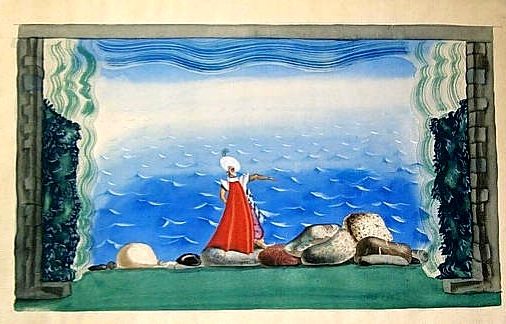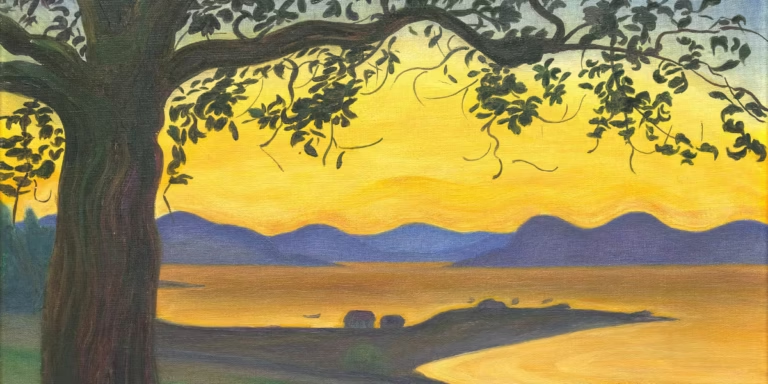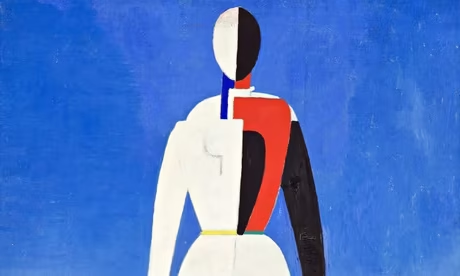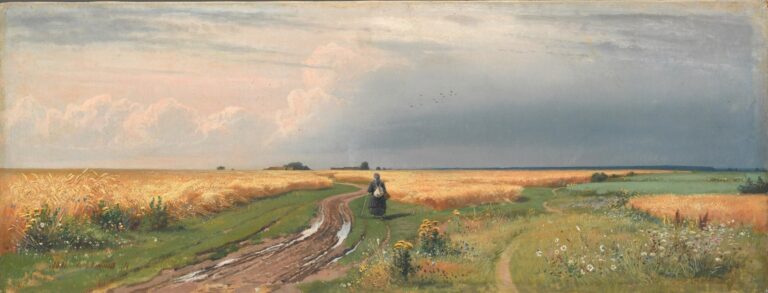Jury Annenkov Painter: Russian Avant-Garde Artist’s Legacy Explored
Born: 23 July 1889, Petropavlovsk, Russian Empire
Death: 12 July 1974, Paris, France
Art Movement: Synthetism, Expressionism, and Cubism
Nationality: Russian
Teachers: Maurice Denis and Félix Vallotton
Institution: University of St. Petersburg
Jury Annenkov Painter: Russian Avant-Garde Artist’s Legacy Explored
Life and Career of Yuri Annenkov
Yuri Annenkov was a talented Russian artist who made his mark in both Russia and France. He was known for his portraits, book illustrations, and work in theater and film design.
Early Years and Education
Yuri Pavlovich Annenkov was born on July 23, 1889, in Petropavlovsk, Russian Empire. He grew up in a creative environment and showed artistic talent from a young age.

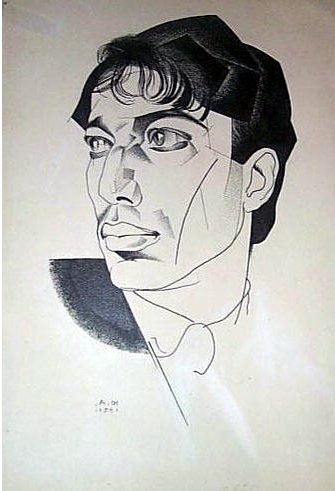
Annenkov studied at the University of St. Petersburg. During this time, he began to develop his unique style, blending traditional techniques with avant-garde ideas.
In the early 1910s, Annenkov became part of the vibrant art scene in Petrograd (now St. Petersburg). He worked on various projects, including book illustrations and theater designs.
Move to Paris and Artistic Development
After the Russian Revolution and Civil War, Annenkov left Russia in 1924. He settled in Paris, where he continued to grow as an artist.
In France, Annenkov adopted the name Georges Annenkov. He quickly became part of the Parisian art world, working on diverse projects.
Annenkov’s style evolved in Paris. He created portraits of famous writers and artists, designed costumes for films, and illustrated books. His work gained recognition in France and beyond.
Final Years and Legacy
Annenkov spent his later years traveling between France, Switzerland, and Germany. He continued to create art and write about his experiences in Russia.
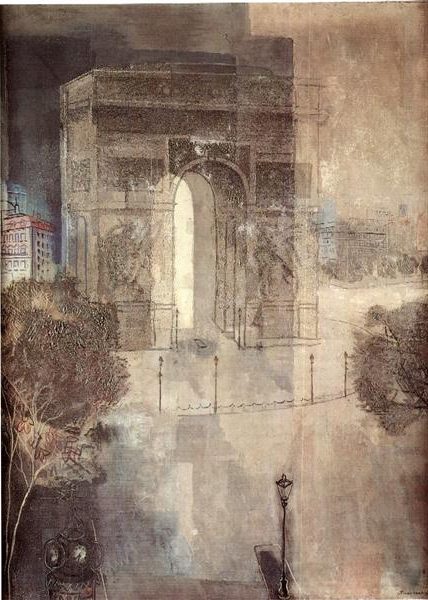

He died on July 12, 1974, in Paris, just short of his 85th birthday. Annenkov left behind a rich artistic legacy that spanned two countries and several art forms.
Today, Annenkov’s work is highly valued. His paintings sell for millions at auctions. Art experts praise his unique style that bridged Russian and French artistic traditions.
Artistic Contributions of Jury Annenkov
Jury Annenkov made his mark across multiple artistic domains. His work spanned theatre, portraiture, and illustration. Annenkov’s diverse talents shaped early 20th century Russian art.
Theatre and Costume Design
Annenkov excelled in theatre design. He created sets and costumes for many productions. His designs brought stories to life on stage.
Annenkov’s work blended traditional and modern styles. He used bold colors and geometric shapes. This gave his designs a unique flair.
His costumes were both beautiful and functional. Actors could move freely while looking their best. Annenkov’s attention to detail made his work stand out.
Portraiture and Painting
Annenkov painted many notable figures of his time. His portraits captured more than just looks. They showed the spirit of his subjects.
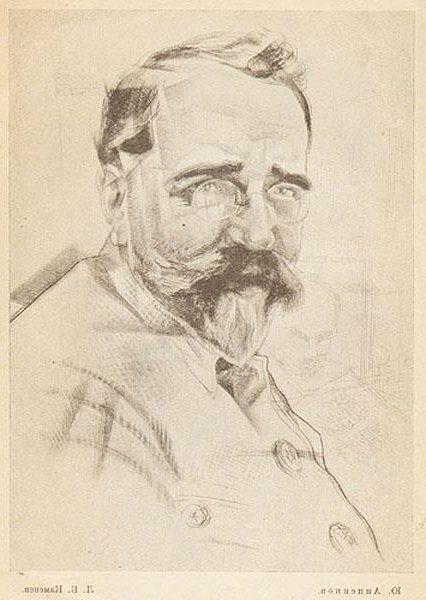
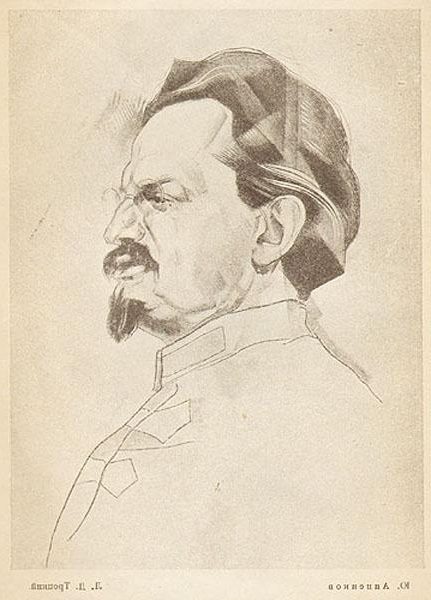
He painted writers, artists, and political leaders. Some of his famous subjects were Boris Pasternak and Maxim Gorky.
Annenkov’s style changed over time. He started with realistic portraits. Later, he added more abstract elements. This mix of styles made his work fresh and exciting.
Illustrations and Graphic Art
Book illustrations were a big part of Annenkov’s career. He worked on many important publications. His art brought stories to life for readers.
Annenkov illustrated poems, novels, and magazines. His most famous work was for Alexander Blok’s poem “The Twelve.”
He used different techniques in his illustrations. Sometimes he made detailed drawings. Other times he used simple lines. This variety kept his work interesting.
Annenkov also made collages. He mixed photos, drawings, and other materials. This showed his creativity and modern approach to art.
Influence and Associations
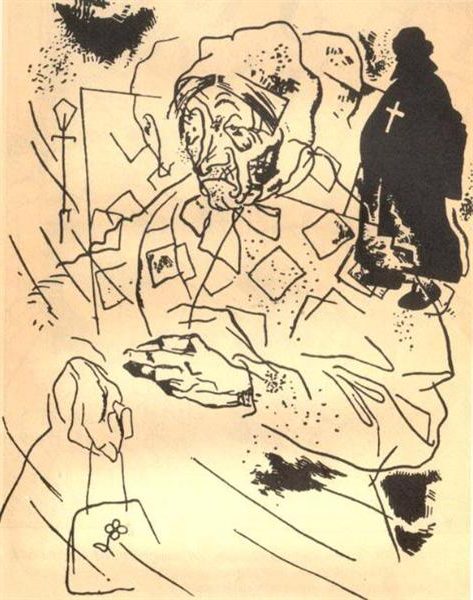

Jury Annenkov’s artistic career was shaped by his connections with other artists and various art movements. He worked with many notable figures and drew inspiration from different styles.
Collaborations with Contemporary Artists
Annenkov interacted with several famous artists during his career. He took lessons from Maurice Denis and Félix Vallotton in Paris. These experiences helped shape his artistic style. Annenkov also worked with writers like Maxim Gorky and Alexander Blok. He created illustrations for their books.
Annenkov’s portraits included many well-known figures. He painted Anna Akhmatova, Yevgeny Zamyatin, and Aleksey Remizov. These connections helped him gain recognition in artistic circles.
Styles and Art Movements
Annenkov’s work was influenced by several art movements. He was part of the Mir Iskusstva group, which focused on artistic individuality. His style showed elements of Synthetism, Expressionism, and Cubism.

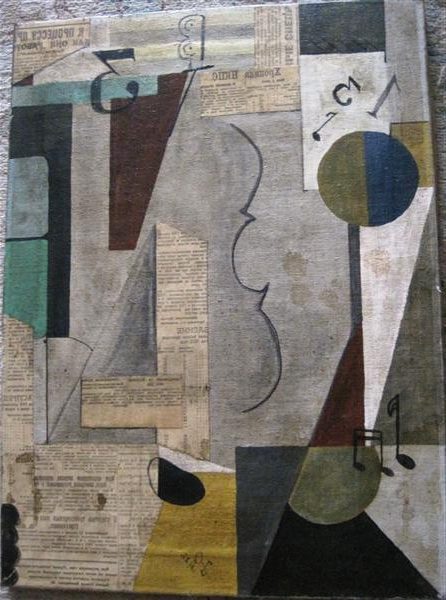
Annenkov’s art changed over time. His early work had more traditional elements. Later, he embraced avant-garde styles. This shift reflected the changing art scene in Russia and Europe.
His paintings often mixed different styles. This made his work unique and hard to classify. Annenkov’s art bridged the gap between traditional and modern approaches.
Frequently Asked Questions
Jury Annenkov was a Russian avant-garde artist known for his unique style and contributions to modern art. His work spanned painting, illustration, and theater design.
What are the defining characteristics of Jury Annenkov’s artistic style?
Annenkov’s style blended elements of Cubism and Futurism. He used bold lines and geometric shapes in his portraits and illustrations.
His work often featured fragmented forms and dynamic compositions. Annenkov’s art captured movement and energy through overlapping planes and vibrant colors.
How has Jury Annenkov contributed to modern art movements?
Annenkov played a key role in the Russian avant-garde movement of the early 20th century. He helped bring new artistic ideas from Paris to Russia.
His portraits and book illustrations influenced the development of modernist art in Russia. Annenkov’s work in theater design also pushed boundaries in stage aesthetics.
What are some of Jury Annenkov’s most acclaimed works?
Annenkov’s portrait of poet Anna Akhmatova is widely recognized. His illustrations for Alexander Blok’s poem “The Twelve” are also famous.
The artist’s 1921 portrait of writer Boris Pasternak gained acclaim. His set designs for Vladimir Mayakovsky’s play “Mystery-Bouffe” were groundbreaking for their time.
How did Jury Annenkov’s background influence his art?
Annenkov’s father was exiled to Siberia for revolutionary activities. This early exposure to political ideas shaped the artist’s worldview.
His studies in Paris from 1911-1912 introduced him to avant-garde art movements. These experiences influenced Annenkov’s artistic style and approach.
Which museums or galleries feature Jury Annenkov’s paintings?
The Museum of Modern Art in New York has works by Annenkov in its collection. The State Russian Museum in St. Petersburg also holds some of his pieces.
Several private galleries in Europe and the United States feature Annenkov’s art. His work appears in temporary exhibitions on Russian avant-garde art.
What distinguishes Jury Annenkov’s work from that of his contemporaries like Nevinson or Kmetty?
Annenkov’s art combines Russian and French influences in a unique way. His portraits often reveal the subject’s personality through fragmented forms.
Unlike some contemporaries, Annenkov worked across multiple fields. He worked in painting, illustration, and theater. His versatility set him apart from artists who focused on one medium.

